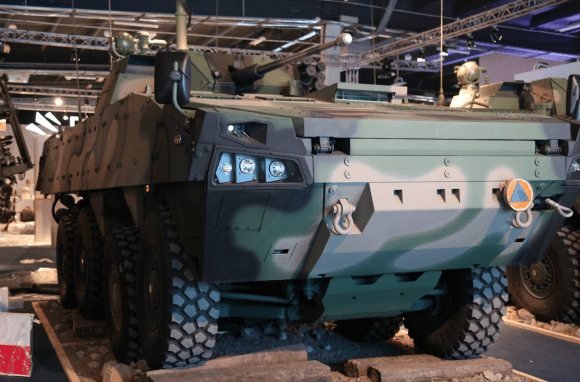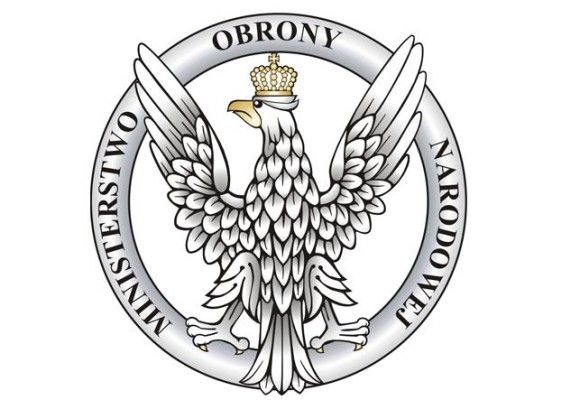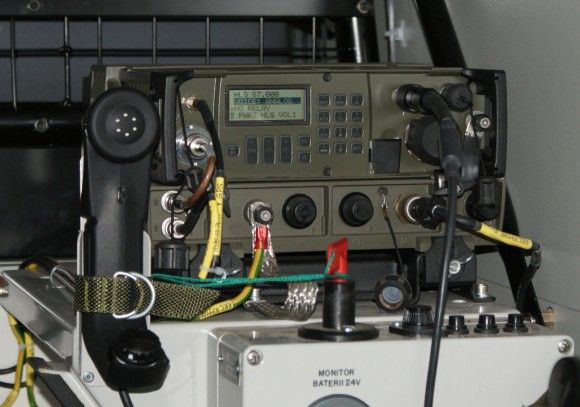Polish Army Changes The Requirements Related To The T-72 Tanks Successor
General Staff of the Polish Army decided to redefine the requirements regarding the Gepard [Cheetah] Close Support Vehicle programme. Platforms of this type were to, originally, replace the T-72M1 main battle tanks used by the Polish Land Forces.
According to the information provided by Lt. Col. Małgorzata Ossolinska, spokeswoman for the Armament Inspectorate, a decision was made by the General Staff of the Polish Army to redefine the requirements related to the Gepard [Cheetah] close support vehicle. At the moment, the programme entered its development phase at the National Centre for Research and Development. However, we do know that an annex for the agreement is going to be created.
The programme is currently in the development stages. It is being realized by the National Centre for Research and Development. However, according to the decision made by the General Staff of the Polish Army, once the operational requirements are redefined, we will create an annex for the agreement.
This means that at the moment we are unable to define the deadline for completion of works on the Close Support Vehicle. We also do not know whether foreign companies are going to be involved in the works, after the requirements are redefined.
At this stage of works, the deadline is yet to be revealed. We will get to know it after the requirements are redefined, and after an annex to the agreement is created at the National Centre for Research and Development. (...) When it comes to the Gepard programme, it is hard to asses, at the current stage, whether the foreign subjects would be involved in the initiative, after the requirements are redefined.
The concept of a close support vehicle initially assumed that a track chassis vehicle, fitted with a 120 mm, cannon would be introduced into the inventory of the Polish Army. The platform would weigh ca. 35 tonnes, and it would become a successor for the obsolete T-72M1 main battle tanks. The vehicle would have firepower comparable to that of the contemporary main battle tanks, however this would be offered at a much lower cost, and with much higher mobility.
On the other hand, the level of passive protection provided by the Close Support Vehicles armour is significantly lower, in comparison with the contemporary main battle tanks, such as the M1A2 Abrams or Leopard 2 platforms. According to the prior concept, Gepard close support vehicles were to be fitted with APS/ASOP active protection suite. Moreover, the purpose of the platform would be to complement, not to replace, the main battle tanks. The main task for the vehicle would be to provide support for the mechanized elements.
Close Support Vehicle programme is being realized on the basis of an agreement signed by and between the National Centre for Research and Development and a consortium led by the OBRUM Gliwice facility. Back in July 2015 it was expected that the development works will end in 2018 at the latest. However, in November, Czeslaw Mroczek, MoD’s Secretary of State at the time, announced, responding to the questions submitted by the MPs, that the Ministry is analysing the reasonableness of the project, also due to the “problems with implementation of the agreement pertaining creation of a Direct Support Vehicle”.Mroczek stated that the contractor requested the documentation development deadline to be delayed, noting that it should be stressed that the Ministry is not a party to the agreement in question.This means that the Ministry cannot make a decision to terminate the project, since this decision is placed within the scope of responsibility of the Director of the National Centre for Research and Development, acting under jurisdiction of the Ministry of Science and Higher Education. At the moment, the General Staff took a decision to redefine the Gepard programme requirements, and this would lead to creation of an annex for the agreement related to the development works.




WIDEO: Defence24 Days 2025: Premier Defence & Security Conference in CEE